We are approaching a new year, and The United Methodist Church is leaning toward a future with hope. This season offers a great opportunity to consider what the future could look like at your church.
The NC Conference Media Center offers many books and resources to assist your church in discernment, assessment, and planning for the future. Keep reading for recommended resources on:
- Looking Towards the Future
- Discernment
- Assessment
- Future of The UMC
- Post-Pandemic Church
- Moving through Hard Times
- Making a Discipleship Plan
Looking Towards the Future
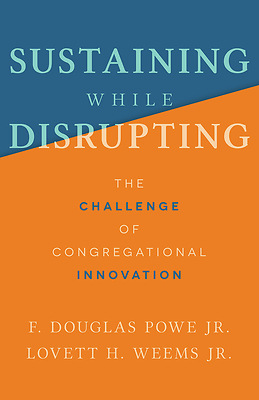
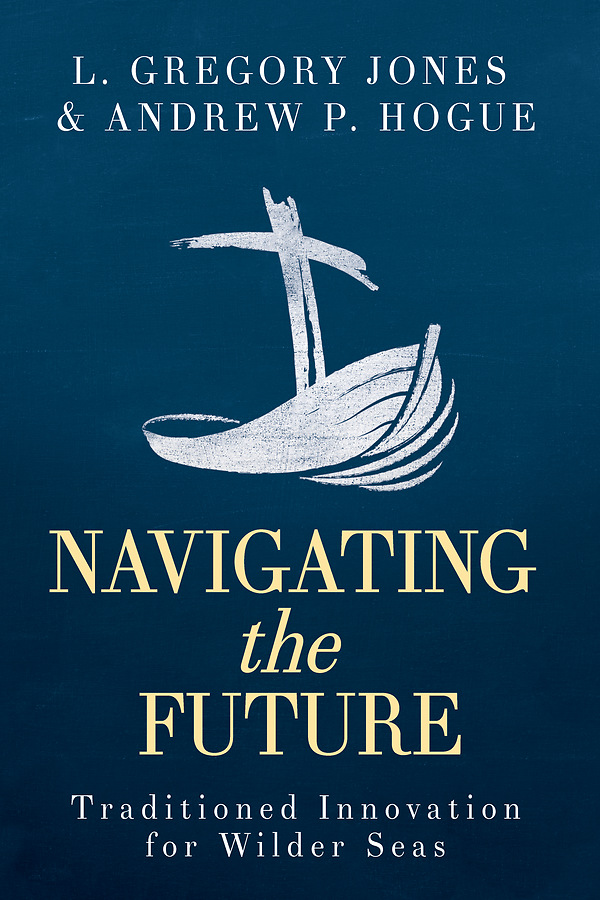
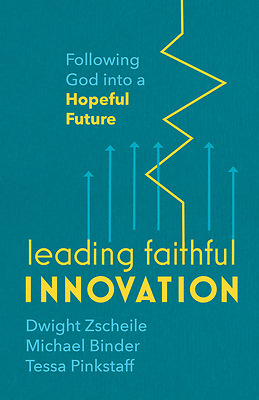


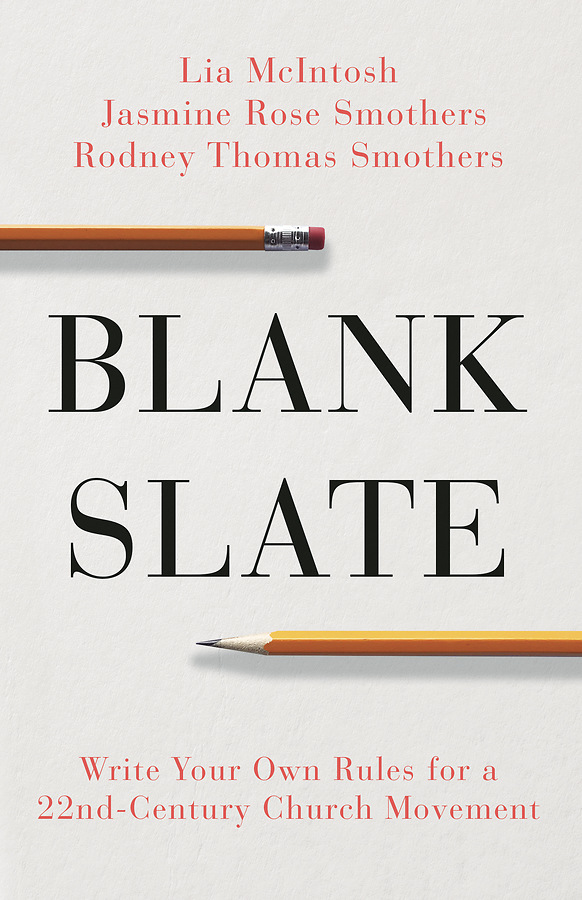

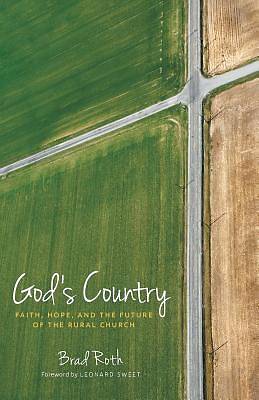
Sustaining While Disrupting: The Challenge of Congregational Innovation by F. Douglas Powe Jr., Lovett H. Weems Jr. The authors guide leaders in stewarding traditions while seeking innovative opportunities for faith communities. The book offers church leaders theological insights and practical skills for two crucial tasks: to sustain and strengthen foundational elements of the churches they serve and to guide the critical innovation required to address a context vastly different from the one that current assumptions and behaviors fit.
Navigating the Future: Traditioned Innovation for Wilder Seas by Andrew P. Hogue and L. Gregory Jones. This book shows us how to become immersed in an imaginative engagement with the story of God, how to learn from exemplary organizations and their leaders, and how to discover new skills for integrating character formation through friendships, communities, and institutions in order to nurture a more faithful life and vibrant, life-giving society.
Leading Faithful Innovation: Following God Into a Hopeful Future by Dwight Zscheile, Michael Binder, and Tessa Pinkstaff. The authors build on Scripture, theology, and the latest leadership and change theories to guide church leaders on a journey toward grassroots, participatory spiritual growth. Faithful innovation is an ongoing way of following God that allows the Spirit of God to drive the energy among the people of the church.
Living God’s Future Now: Conversations with Contemporary Prophets edited by Samuel Wells. These writings focus on what Christian presence and practice might look like in the world that is being reshaped by what the pandemic has revealed and the theology that is needed to sustain such a vision. Includes conversations with Walter Brueggemann, Michael Curry, Kelly Brown Douglas, Stanley Hauerwas, Brian McLaren, Barbara Brown Taylor, Jonathan Tran, and others.
Dream Like Jesus: Deepen Your Faith and Bring the Impossible to Life by Rebekah Simon-Peter. Come know Jesus, and yourself, in a whole new way. It’s time to dream like Jesus. And time to share that dream with the people you love, teach, and lead. Drawing on her family roots of both Jewish and Christian faith, she challenges the Church to dream again, to recapture the vision of making the Kingdom of God a reality.
Blank Slate: Write Your Own Rules for a 22nd-Century Church Movement by Lia M. McIntosh, Jasmine Rose Smothers, and Rodney Thomas Smothers. This book helps us realize that we must let go of what we think church should be. It provides us with tools we can use to change the landscape of ministry and shows us how to engage our children and our children’s children within the church so that it—and they—can thrive.
Piloting Church: Helping Your Congregation Take Flight by Cameron Trimble. Pastor and pilot Cameron Trimble has helped hundreds of congregations get airborne again, and this book guides you through the steps to getting your congregation out of the maintenance hangar and back into the skies. Includes discussion questions for each chapter.
God’s Country: Faith, Hope, and the Future of the Rural Church by Brad Roth. Roth offers a sturdy theological and practical alternative to church-growth strategies that rely on success stories and flashy metrics. Reclaiming God’s vision for the rural church means learning how to praise, abide, watch, pray, grow, work the edges, die, befriend, and dream. Learn to live and love and minister right where you are, no matter how small or unassuming it may seem.
Discernment

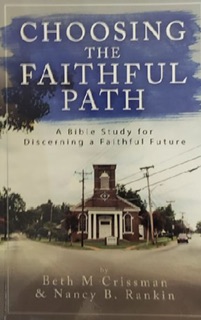
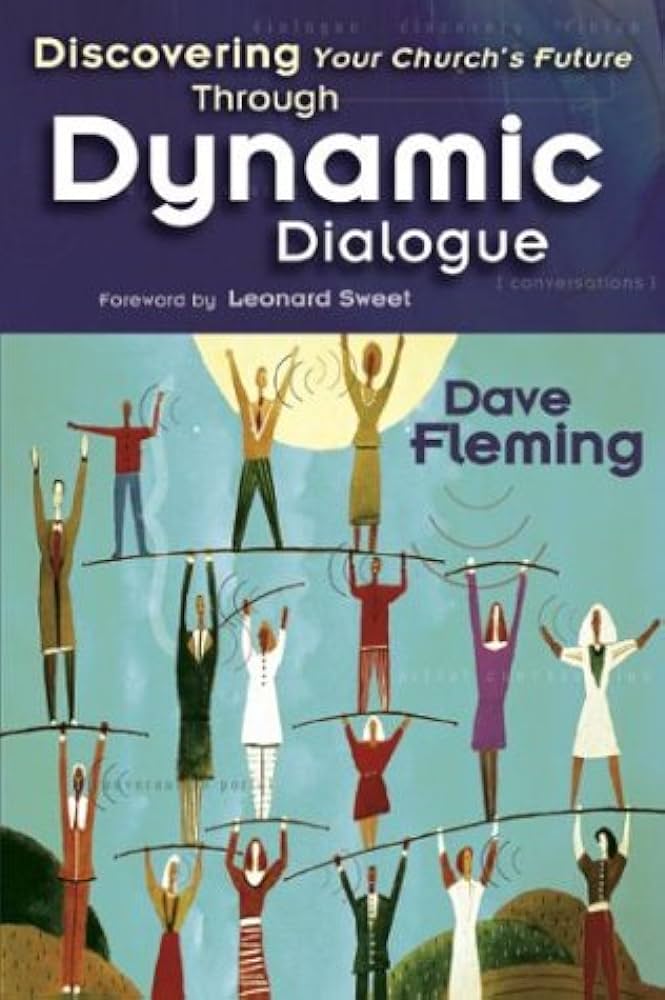
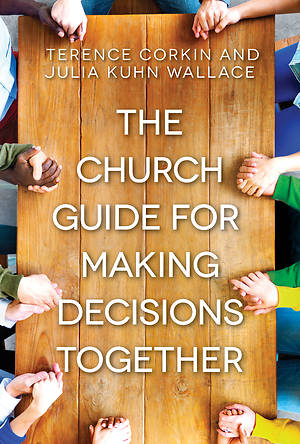
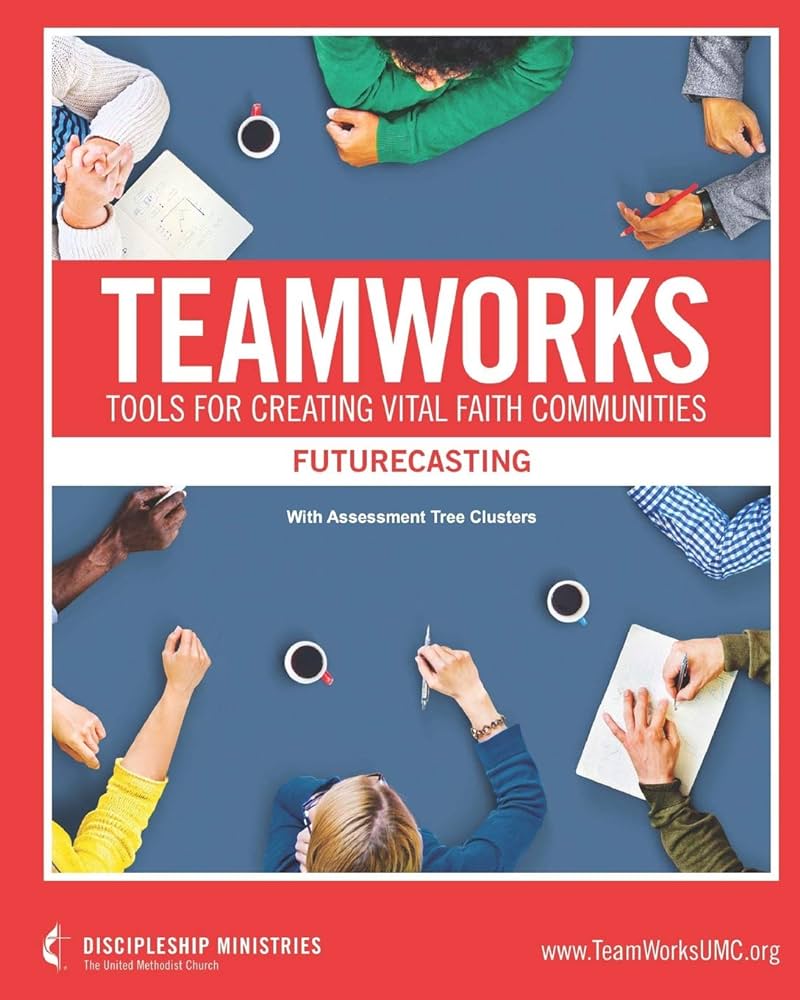
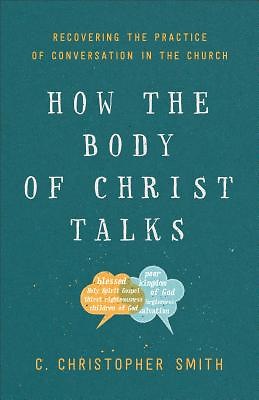
Roadmap to Renewal: Rediscovering the Church’s Mission by Douglas W. Ruffle. Take a journey of rediscovering your church’s true mission and ministry. This book will serve as a valuable guide on this journey, providing plans, questions, exercises, and tools for congregational use.
Choosing the Faithful Path: A Biblical Study for Discerning a Faithful Future by Beth M. Crissman & Nancy Burgin Rankin. This book includes Bible study sessions rooted in the practice of the spiritual disciplines, alignment with biblical and Wesleyan expectations of what is required of us as a church, review of objective data about our church and our community, practical and straightforward questions about our church’s future potential, clear pathways for Re-Innovation and Transition to Legacy, step-by-step guidelines for developing a plan of action, and practical guidance for congregations and denominational leaders.
Discovering Your Church’s Future through Dynamic Dialogue by Dave Fleming. Fleming provides proven methods to initiate productive, positive, and forward-thinking discussions within the entire church. Loaded with ideas, tips, activities, and questions that spark deep and meaningful discussions regarding church vision, mission, and more, Dynamic Dialogue is a practical way to get your church speaking with one voice.
The Church Guide for Making Decisions Together by Terence Corkin and Julia Kuhn Wallace. Discover a step-by-step guide on how to create a new way of working together that draws on tried and tested processes and advocates for a consensus-building approach. Hopeful, inspiring, and practical for church leaders, members of church boards and committees, and church members.
TeamWorks: Futurecasting by Craig Kennet Miller. This guidebook is designed to lead your team through a series of conversations about creating vital ministry in your church. It provides church leaders with powerful planning tools to move their church into the future. Learn how to use the powerful VAP-IT Planning Tool. Use the TeamWorks Church Assessment to plan for the future.
How the Body of Christ Talks: Recovering the Practice of Conversation in the Church by C. Christopher Smith. Smith shows how church communities can be training hubs where we learn to talk with and listen to one another with kindness and compassion. The book explores how churches can initiate and sustain conversation, offers advice for working through seasons of conflict, suggests spiritual practices and dispositions that can foster conversation, and features stories from several congregations that are learning to practice conversation.
Assessment





The Church Revitalization Checklist: A Hopeful and Practical Guide for Leading Your Congregation to a Brighter Tomorrow by Sam Rainer. Rainer will walk you and your leadership team through a seven-point checklist–everything from reconsidering your priorities to evaluating your location and facilities. It is an extremely practical tool to unleash your congregation and help them step into God’s unique purpose for them.
Journey Preparation: Surveying Your Church’s Landscape by Kay Kotan. We have fooled ourselves into thinking that as long as we are a “busy” church, then we must be an effective church. But, the real question to ask is if our busy-ness is fulfilling the mission. Kotan will lead the reader into a deep dive into a congregational assessment to ascertain the current lay of the internal land of his/her congregation.
Small Church Checkup: Assessing Your Church’s Health and Creating a Treatment Plan by Kay Kotan and Phil Schroeder. This resource provides a guide to help you find hope, alternatives, and the possibility of a new beginning. Included are tools to help you measure your church’s vitality, evaluate the results, and diagnose your church’s condition, along with several options for treatment plans as you seek to faithfully serve your community.
Church Health for the Twenty-First Century: A Biblical Approach by John Marshall Crowe. Clergy and lay leaders alike will discover: What are the characteristics of churches where Jesus is the head or not? How to disciple church leaders into a healthy team? What does the Bible have to say about church health? Helpful questions follow each chapter to assist in stimulating thoughtful discussion and meaningful action.
Checking Vital Signs: Assessing Your Local Church Potential by Nancy Burgin Rankin and Beverly Bowyer Coppley. This book is an eight-session study designed to lead your church faithfully through an assessment process rooted in Scripture, prayer, and true Christian conferencing. You and your congregation will be led to seek God’s will for your church.
The Future of The United Methodist Church

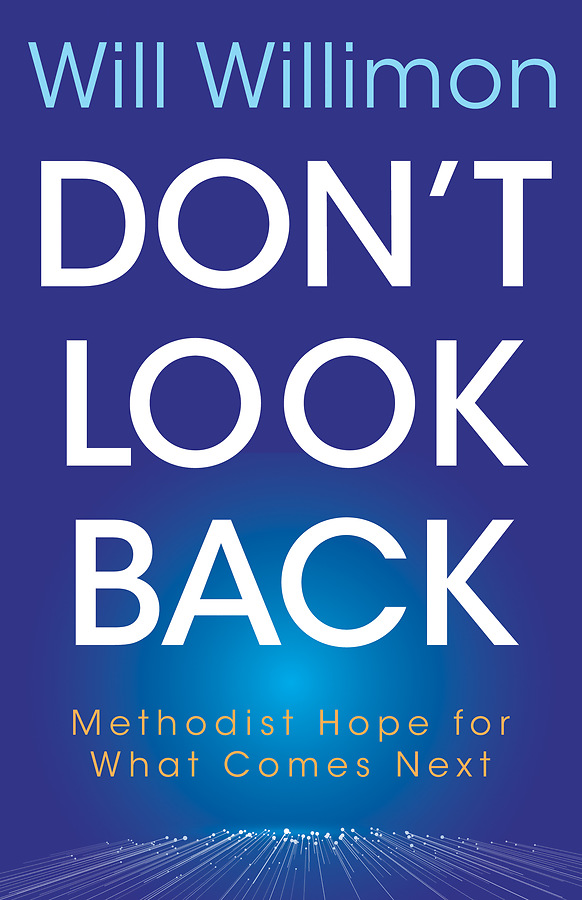
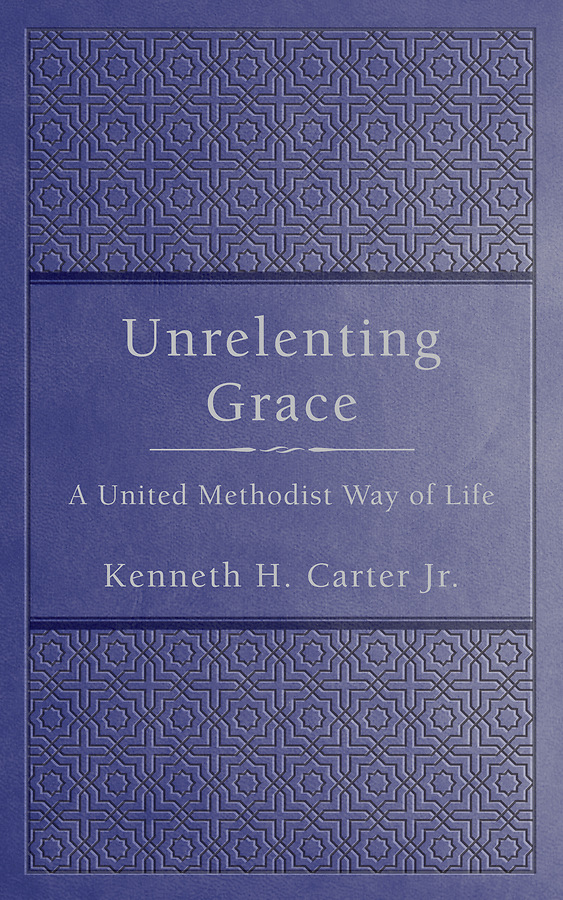
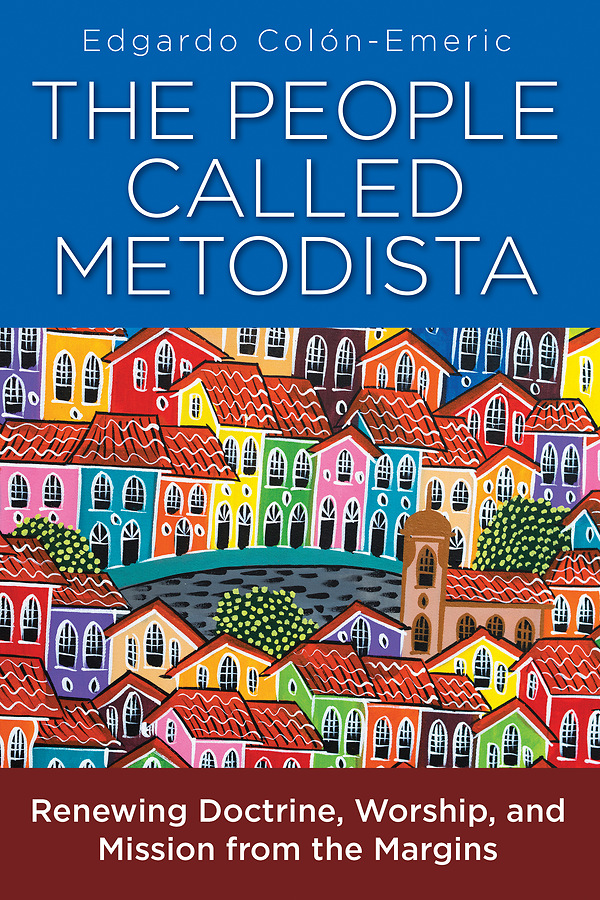

Multiplying Love: A Vision of United Methodist Life Together by Paul W. Chilcote. This book underscores what matters most and stands in contrast to divisive misreadings of essential Methodist teachings. Our “faith” (including doctrine) is important; Christian “hope” (including renewal) is important; “love” of God and neighbor is more important. Chilcote helps us embrace anew the Wesleyan vision of love of Jesus as central to what we believe and how we live.
Don’t Look Back: Methodist Hope for What Comes Next by Will Willimon. Willimon shows what it could look like to move forward. He spent a year committed to asking questions and listening carefully in conversations with clergy, organizational leaders, and parishioners across the U.S. What’s next for Methodist church folk?
Unrelenting Grace: A United Methodist Way of Life by Kenneth H. Carter Jr. This simple book provides guidance for taking small steps into the future as individuals and as communities of faith, offering these assurances: God is with us. We are not alone. God’s grace is sufficient. Through this book, United Methodists will rediscover, redefine, and reclaim our core values of grace, holiness, and connection, which pull and prod our hearts closer together in relentless love.
The People Called Metodista: Renewing Doctrine, Worship, and Mission from the Margins by Edgardo Colón-Emeric. Church renewal burns with fiery passion among the LatinX pueblos and barrios, and this energy in Latin America can be harnessed to reform doctrine, worship, and the core purpose of Methodists. In true Wesleyan spirit, this renewal does not confine itself to Methodism, but the people called metodistas share in the movement’s fundamental calling to reform the church universal in its mission to the world.
What’s Next? Twenty-Two United Methodist Leaders Discuss the Future of the Church by Kevin Slimp and contributors. Slimp asks 21 United Methodist lay and clergy leaders to share their thoughts about a simple question: “Once the next General Conference eventually concludes, some will go in different directions, but most of us will still be calling ourselves United Methodists. What’s next?” Their answers run the gamut from personal spiritual disciplines to congregational communities, from higher education to houses of worship, from remembering our covenant to being the church in a post-pandemic world.
The Post-Pandemic Church
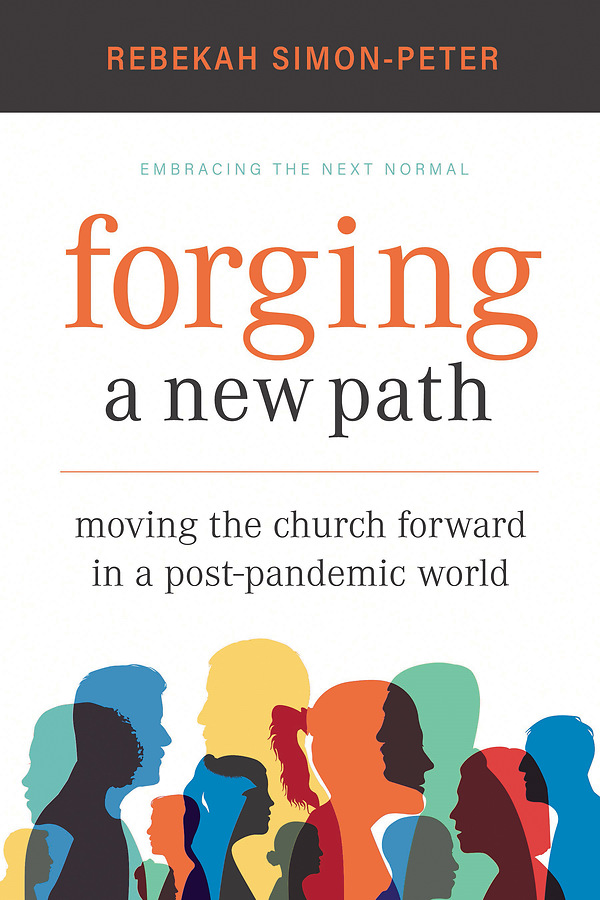
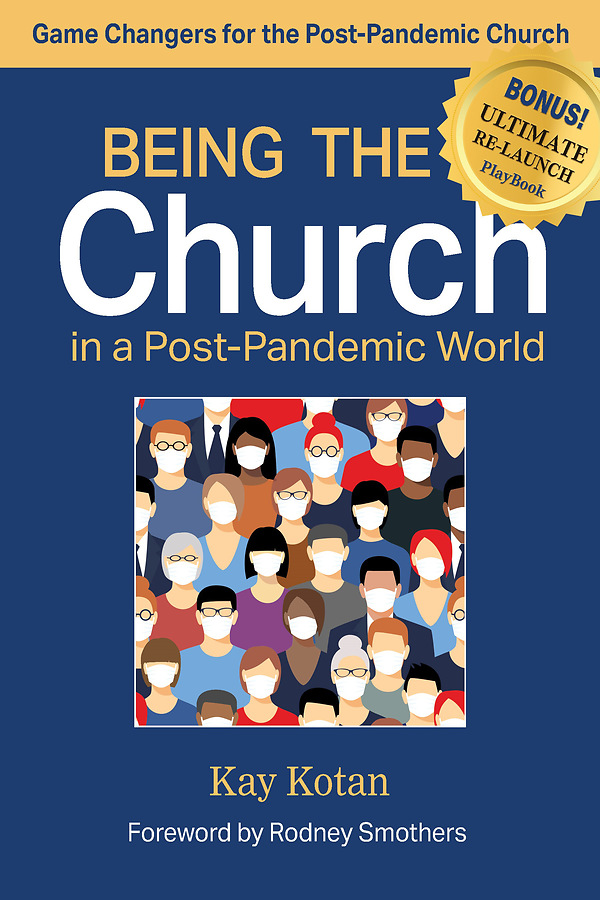
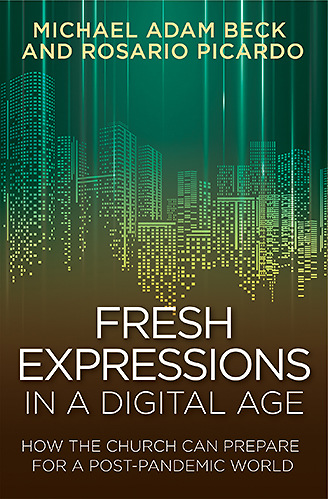
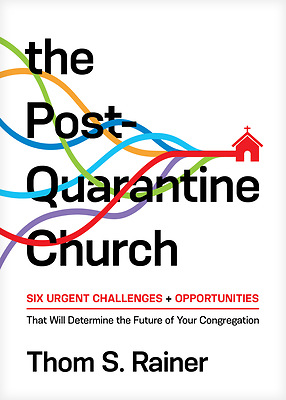
Forging a New Path: Moving the Church Forward in a Post-Pandemic World by Rebekah Simon-Peter. Simon-Peter writes this is the perfect time for Christians to envision and forge a new path forward with God. In this book, the author shares what we can learn from our past to help reshape our future. She writes that our future won’t come from superficial or technical changes but from profound changes in the way we live out being the church.
Being the Church in a Post-Pandemic World: Game Changers for the Post-Pandemic Church by Kay Kotan. During a pandemic period, when everything seems to have turned upside down, there is an opportunity to stop some things that had not been working anyway, eliminate some things that were seemingly impossible in “normal” times, and start new things that might have been hard to imagine in the past. As the church emerges from the pandemic, our role is changing. This resource is designed to serve as a guide to what conversations might be helpful for you and your church’s leadership.
Fresh Expressions in a Digital Age: How the Church Can Prepare for a Post-Pandemic World by Michael Adam Beck and Rosario Picardo. Church as we know it is inaccessible to most people. A fundamental premise of the movement is that Church can become accessible again by emerging in every nook and cranny where life already happens. Fresh Expressions is based in simplification, returning to basic scriptural principles, and a recovery of a “priesthood of all believers”-in the three places where people live and relate to others.
The Post-Quarantine Church: Six Urgent Challenges + Opportunities That Will Determine the Future of Your Congregation by Thom S. Rainer. This book is, in effect, your personal church consultant, helping you plan and prepare for the future. It is valuable for those looking for local church and pastor resources to enhance church leadership, grow your church, and serve digital and online church communities in the post-quarantine world.
Moving through Hard Times
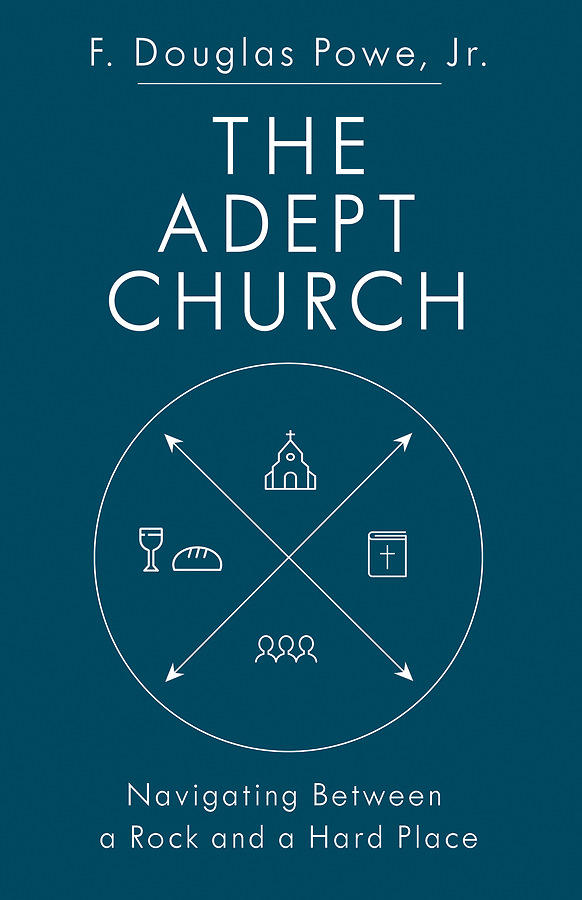
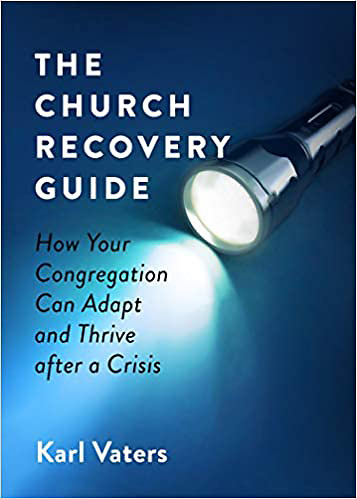
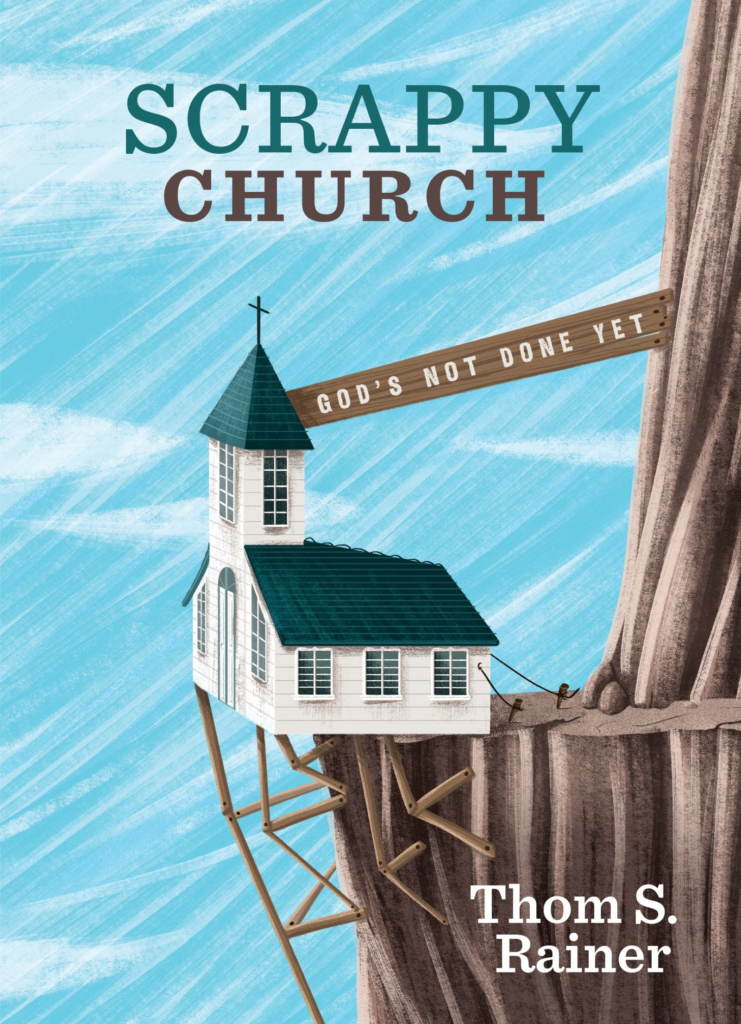
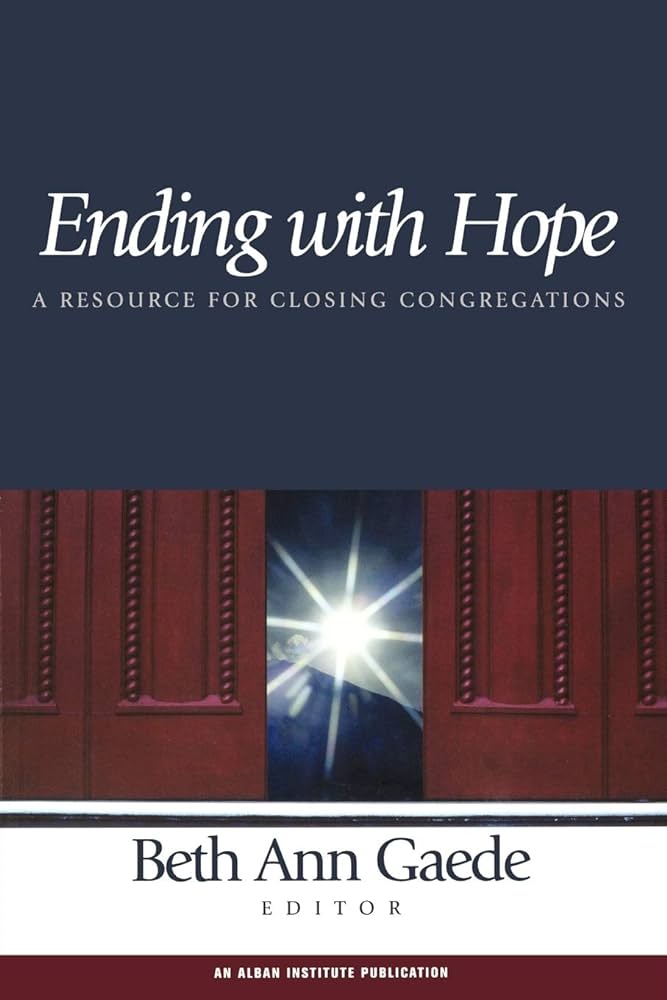
The Adept Church: Navigating Between a Rock and a Hard Place by F. Douglas Powe, Jr. This book helps congregations develop realistic road maps for navigating between a rock and a hard place with a clear process for defining reality – a process based on strategic decisions concerning where the church needs to go and not where it is currently. A theologically grounded yet practical guide for church leaders seeking to save their churches.
The Church Recovery Guide: How Your Congregation Can Adapt and Thrive After a Crisis by Karl Vaters. Vaters offers insights from his extensive experience in church ministry to help you think through reconnecting with your congregation, dealing with financial repercussions, encouraging and supporting your staff, clearly communicating a fresh vision for the future, reworking your church’s technology and online strategy, and ministering to people feeling isolated and fearful. This book will provide the direction you need to help your church bounce back to full health and chart a path forward to even greater vitality.
Scrappy Church: God’s Not Done Yet by Thom S. Rainer. Church members may express feelings of hopelessness, despair, and defeat. Church leaders desire to break out of the mediocrity of the same, lame, and tame existence of their churches. They want their churches to make a difference. There is hope. God’s hope. God’s possibilities. What does a scrappy church look like?
Ending with Hope: A Resource for Closing Congregations edited by Beth Ann Gaede. Closing a congregation does not have to be about failure but can be about redirecting resources for new ministry. The book includes models for assessing whether a congregation should close; reflections on members’ and pastors’ experiences during closing; case studies; guidance for deciding what to do with a building; suggestions for selecting and preserving documents and artifacts; rituals for healthy closings; a survey of historical trends regarding closings; and other helpful materials.
Making a Discipleship Plan
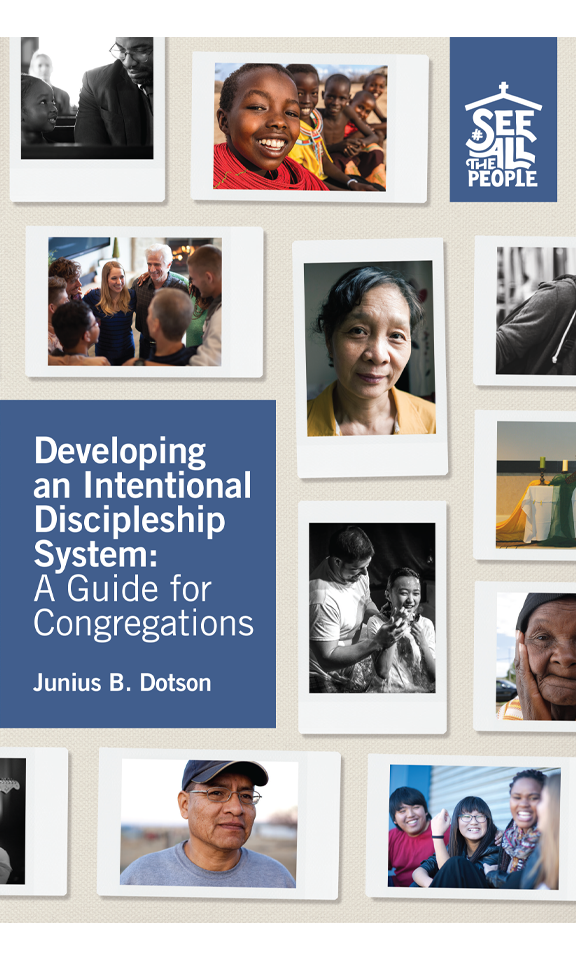
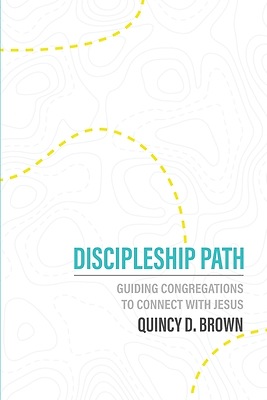
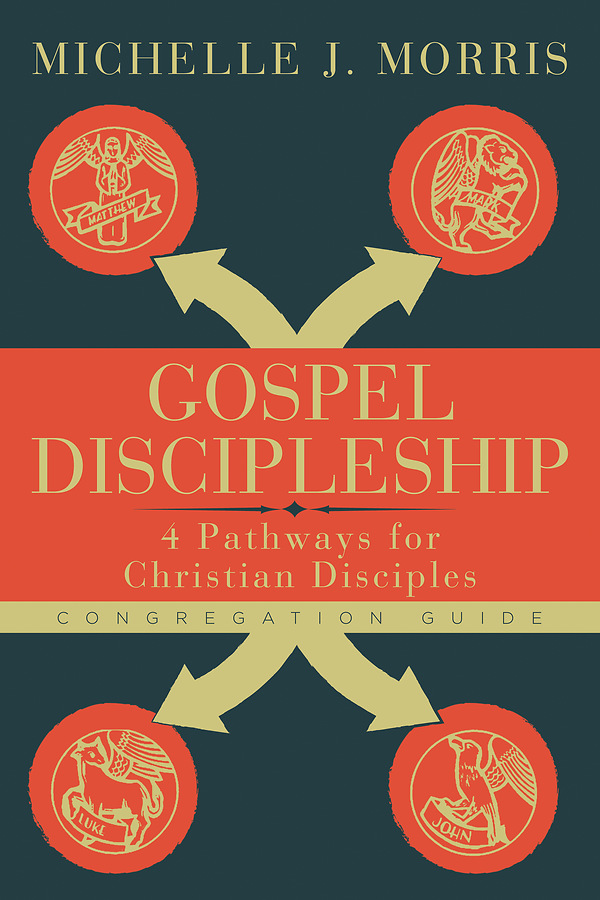
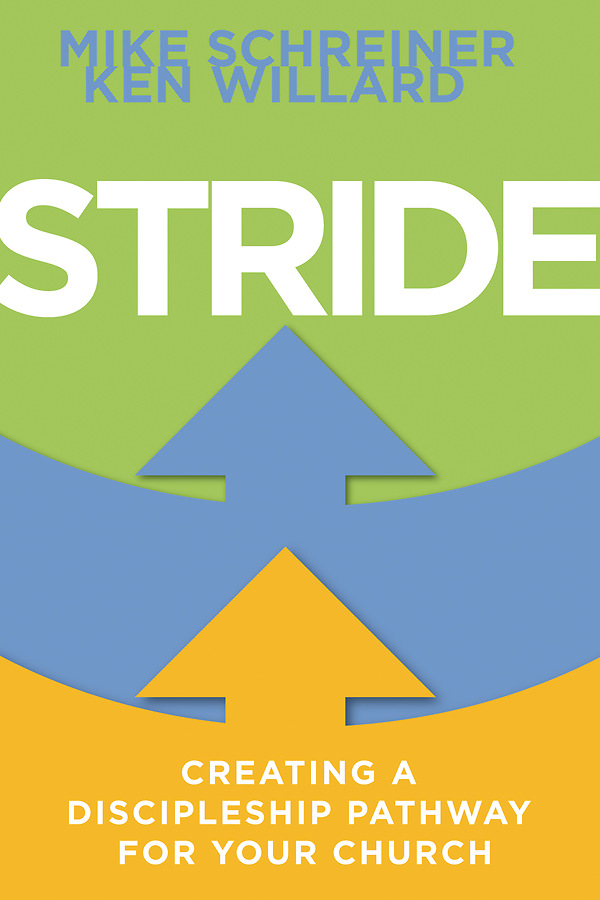
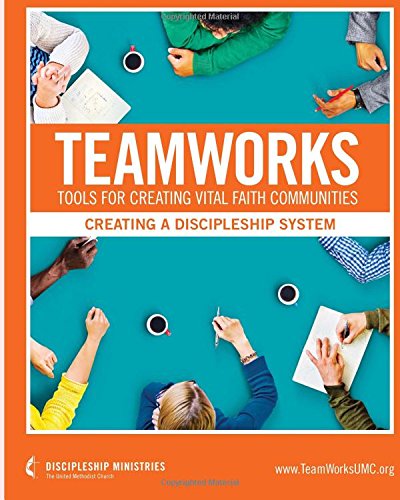

Developing an Intentional Discipleship System: A Guide for Congregations by Junius B. Dotson. This booklet is a practical guide for congregations who find themselves stuck researching community demographics, pouring over worship attendance metrics, and fixing their aging structures, yet lack a system for creating relationships with those who surround their church. Begin a conversation in your congregation around creating a lifestyle of intentional discipleship.
Discipleship Path: Guiding Congregations to Connect with Jesus by Quincy D. Brown. This book is designed to help churches discern and dream next-step practices for discipleship. What are the next steps to get churches to move from programs to pathways that help people to practice the marks of discipleship: Presence, Service, Prayers, Gifts, and Witness? The first-century Jewish world of Jesus influences this shift of emphasis from program to path.
Gospel Discipleship Congregation Guide: 4 Pathways for Christian Discipleship by Michelle J. Morris. Individuals, as well as congregations, bring their own unique sets of skills and gifts to the mission field. With this book, they can learn how to engage in self-reflection, which can then help them define a path to discipleship that fits their own context. The Congregation Guide functions as a program leader guide and helps assess and define discipleship paths for a church as a whole.
Stride: Creating a Discipleship Pathway for Your Church by Mike Schreiner and Ken Willard. Morning Star United Methodist Church in St. Louis, Missouri, developed and launched a highly successful pathway to discipleship for their church. The authors share the principles they developed at Morning Star and show you how to plot a course to fruitful discipleship in your church.
TeamWorks: Creating a Discipleship System by Craig Kennet Miller. This guidebook is designed to lead your team through a series of conversations about creating vital ministry in your church. It guides church leaders to discover where their church fits on the Lifecycle of the Church. Leaders are encouraged to use Settings for Ministry to form a discipleship system.
Charting a Course of Discipleship: A Workbook on Christian Discipleship by Teresa Gilbert, Patty Johansen, & Jay Regennitter. This book provides a step-by-step plan that will help any congregation design a disciple formation process that is effective for its particular context. guides congregations to understand the mission of the church, assess where they are in making disciples, dream what might be possible, and then either build or improve the way they help persons come to and grow in the Christian faith.
Additional Resources
Follow the pathfinders linked below to discover even more resources in our collection to help you discern your church’s future.
Request These Resources
These resources can be borrowed for free by anyone involved with a United Methodist Church in the North Carolina Conference. We will mail them to your home! All you need to do is fill out the Resource Request Form.

